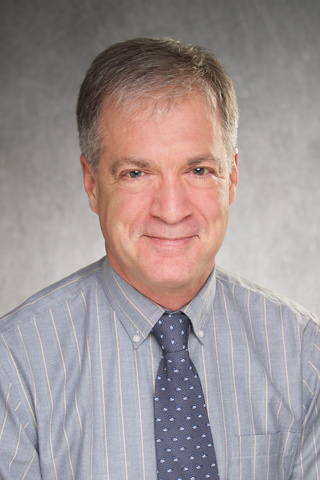
Abstract
Cellular senescence is a cellular state that affects age-related diseases such as inflammation, cancer development, and cancer progression. Cells that enter senescence have a senescence-associated secretory phenotype (SASP) that has major, and usually detrimental, effects on other cells in the surrounding microenvironment. ISG15 is a ubiquitin-like protein that can covalently modify host and pathogenic proteins, changing their stability and function. ISG15 can also be secreted and function as a cytokine. While ISG15 is classically regarded as an interferon-stimulated gene that is induced during infection by pathogens, it can also be upregulated by DNA damage and stress. Recent studies have demonstrated that ISG15 is among the most upregulated genes across tissues in aging rodents. It has also been shown by us and others that ISG15 is upregulated during replicative senescence of human fibroblasts. Our preliminary data further indicates that ISG15 is significantly upregulated in skin fibroblasts derived from patients with dyskeratosis congenita, a human model of dysfunctional telomerase and shortened telomeres. Immortalization of DC cells by telomerase activation restores ISG15 levels to normal. Little is known about how ISG15 upregulation contributes to senescence and what proteins are ISGylated in senescent cells. Further, it is unknown how ISGylation changes upon cell immortalization. We hypothesize that upregulation of ISG15 and concomitant ISGylation of proteins caused by DNA damage is important for the SASP. In this proposal, we will determine what the interplay is between secreted ISG15 and ISGylation in senescence and immortalization. Using our unique patient cells and cell lines, we will map the senescence-associated ISGylome using innovative proteomic strategies pioneered in our laboratories. We will compare the ISGylomes between cells that have been induced to senesce by different mechanisms and from human and mouse, and we will determine how secreted ISG15 affects surrounding cells. Further, we will assess how immortalization by telomerase or viral oncogenes changes the ISGylome. Finally, we will specifically determine how ISG15 and ISGylation affects the SASP through genetic manipulation of cells to have reduced and enhanced ISGylation. These studies will provide key insight into how upregulation of ISG15 and ISGylation of specific cellular proteins play a role in cellular senescence and, in particular, the SASP.